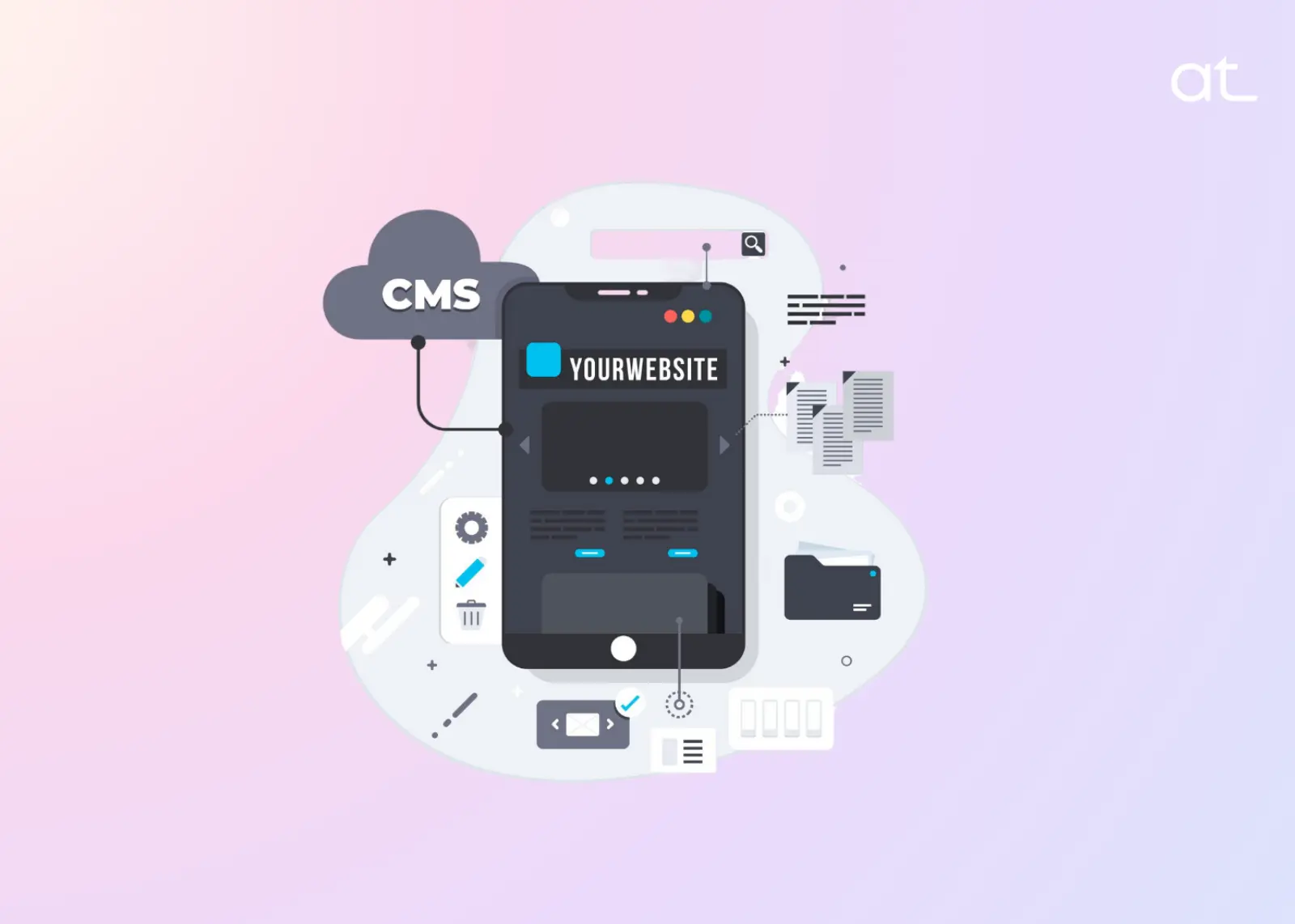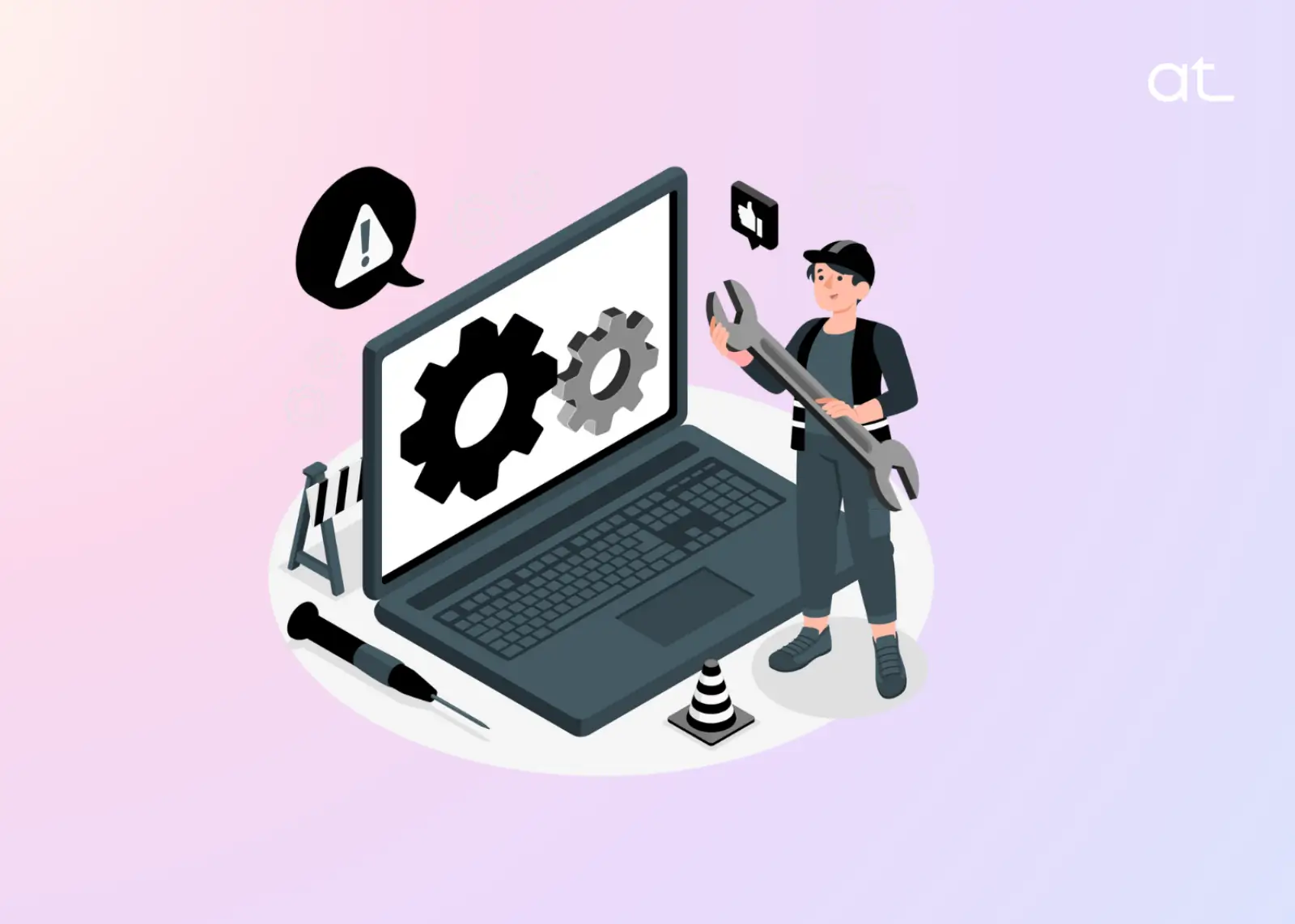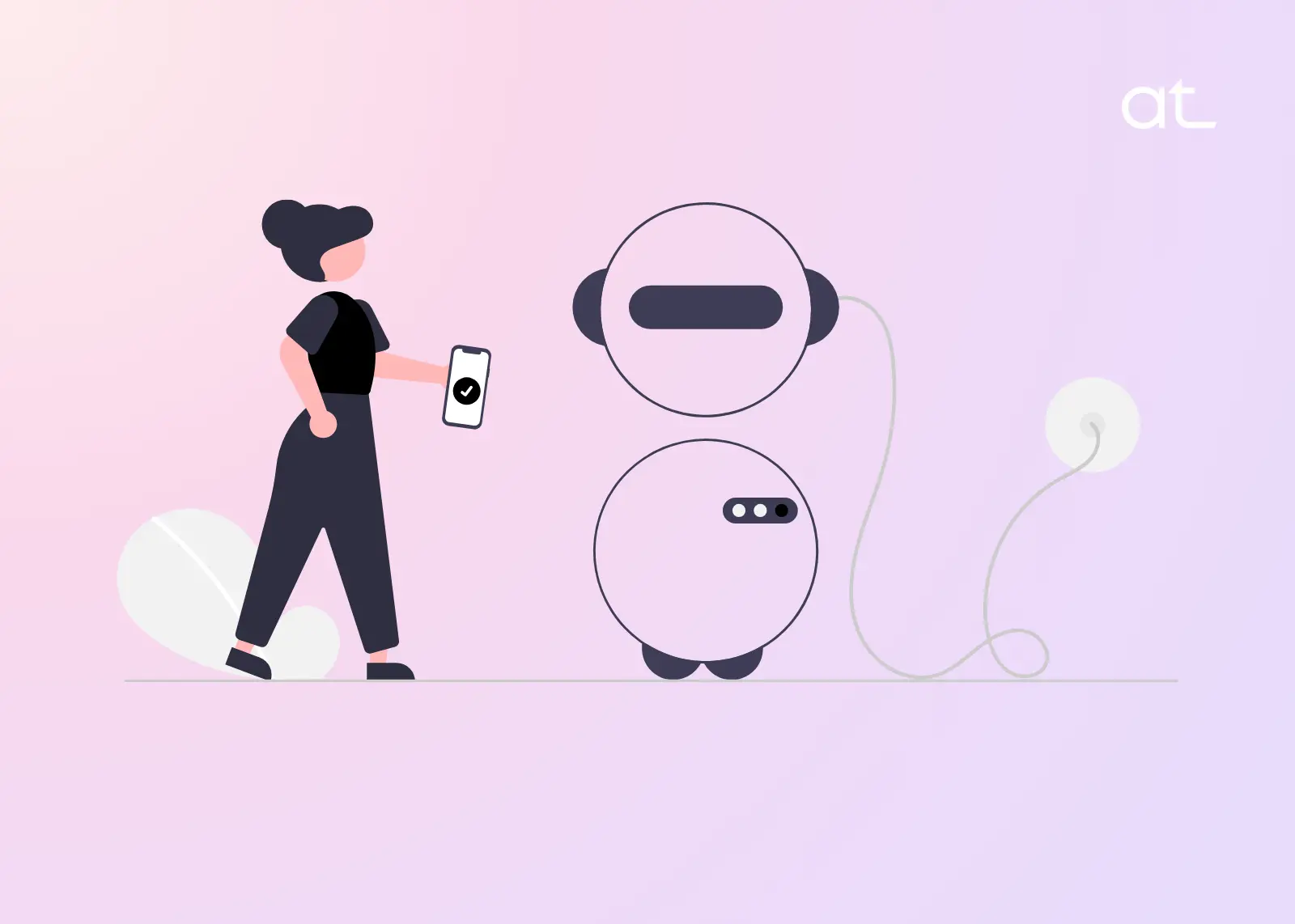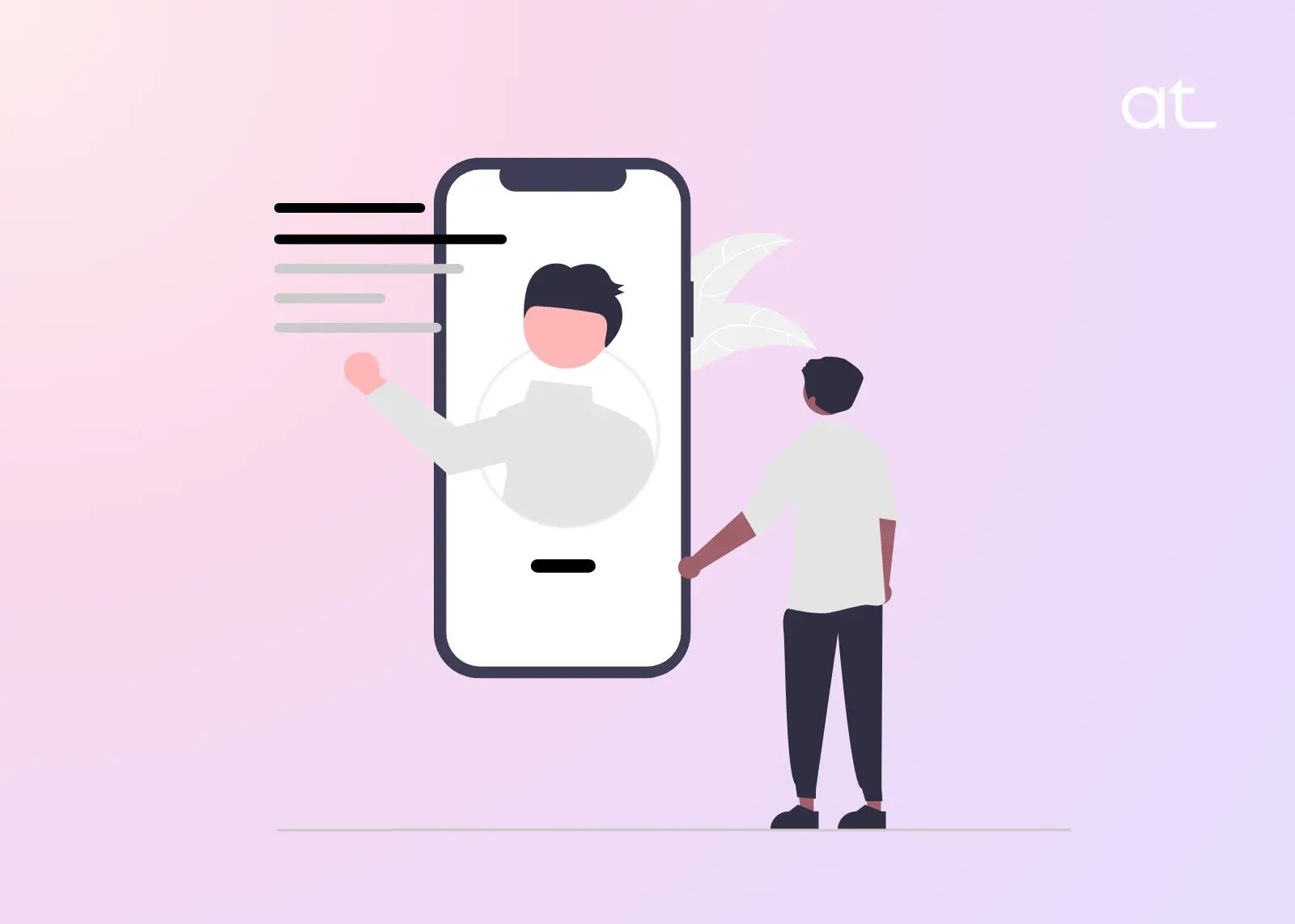
When it comes to managing digital content, businesses have two primary choices: a Traditional Content Management System (CMS) or a Headless CMS. Both systems serve the purpose of managing and delivering content, but they differ significantly in their approach and capabilities.
In this blog, we’ll explore the differences between these two types of CMS, their advantages and disadvantages, and how to decide which is best for your business.
What is a Traditional CMS?
A Traditional CMS, such as WordPress, Drupal, or Joomla, is a monolithic system where the backend (content management) and frontend (content delivery) are tightly coupled. It provides a single platform to create, edit, and manage content while also controlling how that content is presented on the website.
Key Features of a Traditional CMS:
- Integrated Frontend and Backend:
Content creation and presentation are managed within the same system. - User-Friendly Interface:
Designed for non-technical users with visual editors and themes. - Plugins and Extensions:
Easily add functionalities like SEO, e-commerce, or forms. - All-in-One Solution:
Ideal for simple websites, blogs, or small-scale e-commerce stores.
Advantages:
- Faster to set up and deploy.
- No need for advanced development skills.
- Pre-built themes and plugins make customization easier.
Disadvantages:
- Limited flexibility for complex projects.
- Performance can suffer with large-scale websites.
- Dependency on the system’s predefined architecture.
What is a Headless CMS?
A Headless CMS decouples the backend (content management) from the frontend (content presentation). It delivers content via APIs, allowing developers to use any technology or framework (e.g., React, Angular, or Next.js) to build the frontend.
Key Features of a Headless CMS:
- API-Driven Architecture:
Content is delivered as data through RESTful or GraphQL APIs. - Omnichannel Content Delivery:
Publish content across websites, mobile apps, IoT devices, and more. - Flexibility:
Developers have full control over the frontend design and functionality. - Scalability:
Easily handle large volumes of content and traffic.
Advantages:
- Allows the use of modern frontend technologies.
- Perfect for delivering content across multiple platforms.
- Improves performance with optimized delivery mechanisms.
Disadvantages:
- Requires a team with technical expertise.
- Higher initial development cost.
- Lacks built-in frontend tools like themes or visual editors.
Comparing Traditional CMS and Headless CMS
| Feature | Traditional CMS | Headless CMS |
|---|---|---|
| Frontend Control | Integrated and predefined. | Fully customizable by developers. |
| Ease of Use | User-friendly for non-tech users. | Requires technical expertise. |
| Omnichannel Support | Limited to websites. | Supports multiple platforms. |
| Scalability | Limited for large-scale projects. | Highly scalable. |
| Development Speed | Faster setup with templates. | Slower due to custom development. |
| Flexibility | Restricted by system design. | Unlimited design and functionality. |
When Should You Choose a Traditional CMS?
A Traditional CMS is ideal for:
- Small to medium-sized businesses with simple websites.
- Content-focused websites like blogs, news portals, or portfolios.
- Businesses with limited technical expertise.
- Projects with a tight budget and quick turnaround time.
Examples of Use Cases:
- A small business website showcasing services.
- A personal blog or portfolio.
- An informational site for a local nonprofit.
“Explore how we can help you with CMS development services tailored to your needs.”
When Should You Choose a Headless CMS?
A Headless CMS is perfect for:
- Businesses with omnichannel content needs (web, mobile, IoT).
- Complex websites or applications requiring custom frontend designs.
- Enterprises with a focus on scalability and flexibility.
- Development teams comfortable with modern web technologies.
Examples of Use Cases:
- E-commerce platforms with custom user experiences.
- News organizations delivering content across apps and smart devices.
- Enterprises managing large-scale content for global audiences.
“Explore how we can help you with Headless CMS development services tailored to your needs.”
Popular Platforms
Choosing the Right CMS for Your Business
When deciding between a Traditional CMS and a Headless CMS, consider the following factors:
- Business Goals:
Are you looking for a simple website or a scalable solution for omnichannel content delivery? - Budget:
Traditional CMS platforms are cost-effective for smaller projects, while Headless CMS may require higher initial investment. - Team Expertise:
Do you have access to skilled developers who can manage a Headless CMS setup? - Content Needs:
If your content needs to be published across multiple channels, a Headless CMS is the better choice. - Future Growth:
If you anticipate rapid growth or the need for customization, a Headless CMS offers more long-term benefits.
Conclusion
Both Traditional CMS and Headless CMS have their strengths and weaknesses, and the right choice depends on your specific business needs.
At Appteg Technologies, we specialize in both Traditional and Headless CMS solutions. Whether you need a quick WordPress setup or a robust, scalable Headless CMS architecture, our team is here to help.
Ready to build the perfect CMS for your business? Contact us today!






